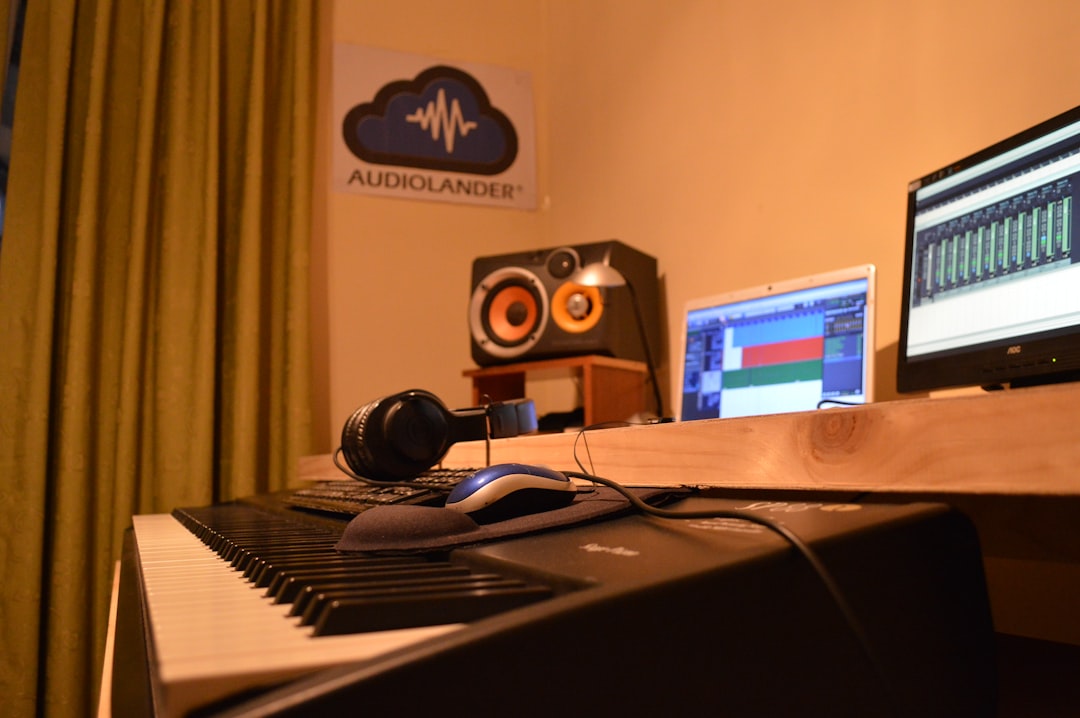The digital music world continues to evolve, enabling musicians and producers to access and manipulate sound in new ways. One of the widely used formats in this space is the SF2 (SoundFont) file type. Designed to store sampled instruments for use with MIDI, SF2 files allow users to replicate authentic instrument sounds digitally. However, many sound libraries are distributed as compressed ZIP files for easier storage and sharing. Thus, converting SF2 files from ZIP archives becomes a critical part of the workflow for many audio engineers, producers, and hobbyists alike.
Understanding What SF2 Files Are
SF2 files, short for SoundFont version 2 files, contain audio recordings of real instrument sounds. These files are typically used alongside MIDI arrangements to replace synthetic tones with richer, more realistic audio. Originally developed by E-MU Systems and Creative Labs, SF2 files are now widely utilized in DAWs (Digital Audio Workstations) like FL Studio, GarageBand, and LMMS.
Why Use ZIP Files to Store SF2 SoundFonts?
Musical sound libraries, especially high-fidelity ones, are often large in size. Compressing these resources into ZIP archives allows for:
- Easy distribution: Smaller file size makes it simpler to share via online platforms.
- File integrity: Proper packaging ensures files don’t get corrupted during transfers.
- Organization: Multiple related files (like documents, presets, and samples) can be grouped together neatly.
However, to use the SF2 file itself, it needs to be extracted from the ZIP archive and sometimes adjusted for compatibility with various DAWs. This is where the conversion workflow comes into play.
The Ultimate Workflow for Converting SF2 From ZIP Files
This ultimate guide provides a step-by-step process for extracting and optimizing SF2 files from compressed ZIP archives to make them accessible and usable in your music production environment.
Step 1: Download the ZIP Archive
Begin by downloading the ZIP file that contains the SF2 file. This ZIP may come from sound design websites, community forums, or creative commons libraries. Always make sure the download source is credible to avoid corrupted files or malware.
Step 2: Extract the Contents
Use a reliable unzipping tool such as:
- 7-Zip (Windows)
- The Unarchiver (macOS)
- PeaZip (cross-platform)
Right-click on the ZIP file and choose the option to “Extract Here” or “Extract to Folder”. You should now see the SF2 file, and potentially documentation or presets included by the sound designer.

Step 3: Verify the SF2 File Integrity
Before attempting to load the file into your DAW, use software like Viena (for Windows) or Polyphone (cross-platform) to open the SF2 file and confirm that it loads properly, and the sample maps are intact.
- Viena: Allows for editing and verifying SF2 samples.
- Polyphone: More modern and supports exporting to SF3 and other formats.
If you encounter issues, the file may be incomplete, or it might be in an outdated or unsupported format.
Step 4: Convert for Specific DAW Compatibility (if needed)
While many DAWs support SF2 files directly, some may require a different format or setup. For example:
- GarageBand: Requires use of AU plugins supporting SF2 files like Sforzando.
- Ableton Live: Needs a third-party sampler plugin like Live SF2 Plugin or using a Max4Live device.
- FL Studio: Includes a player (Fruity SoundFont Player) that can load SF2 files natively.
If your DAW does not support SF2 natively, consider using VST/AU plugins such as:
- Sforzando
- TX16Wx Software Sampler
- Kontakt (if SF2 version is available or convert the format)

Step 5: Organize Your SoundFonts Library
Once you’ve verified and prepared your SF2 files, it’s a good idea to organize them properly. Create folders based on instrument type (e.g., Piano, Strings, Synths) or by source. Tag folders with date added or quality ratings if necessary.
This organization saves time during future production sessions and ensures enhanced workflow efficiency.
Step 6: Optional — Convert to Other Formats (SF3, WAV, EXS24, etc.)
If you prefer a different sound format, tools like Polyphone can help convert SF2 files into SFZ or SF3 formats, which are more compatible with modern samplers and are often smaller due to Ogg Vorbis compression.
Available conversions include:
- SF2 to SFZ: Great for compatibility and flexibility.
- SF2 to WAV: Extract raw audio samples for direct manipulation.
- SF2 to EXS24: For use in Logic Pro X and GarageBand.
Final Thoughts
Successfully converting SF2 files from ZIP archives is a key skill for any producer who uses sampled instruments within MIDI environments. With more and more sound designers offering content in ZIP format, understanding this workflow saves both time and frustration. Whether you’re making lo-fi beats, orchestral film scores, or experimental electronic music, mastering this process opens the door to a world of sonic possibilities.
FAQ: SF2 Conversion From ZIP Files
-
Q: Can any DAW load SF2 files directly?
A: Not all DAWs support SF2 natively. FL Studio, LMMS, and some versions of Cubase support it directly, but others may require third-party plugins like Sforzando or TX16Wx. -
Q: What if the extracted SF2 doesn’t play?
A: Try checking the file with Polyphone or Viena to verify its integrity. It might be corrupted or in a different version not fully compatible with your sampler. -
Q: Can I convert an SF2 file to WAV?
A: Yes, Polyphone and other tools allow you to export the individual note samples as WAV files, which is useful for detailed editing or layering in sound design. -
Q: Is there a way to preview SF2 files before loading into a DAW?
A: Yes, tools like Polyphone let you audition samples included in the file, so you can decide whether to use or discard them before importing into your project. -
Q: Are there legal concerns when using downloaded SF2 files?
A: Absolutely. Always verify the licensing associated with SF2 libraries you download. Many are free for personal use but restricted in commercial projects unless specified otherwise.
By following the outlined workflow and understanding nuances of file compatibility, musicians and producers can make the most of the robust world of SoundFont libraries without ever getting lost in the process.

